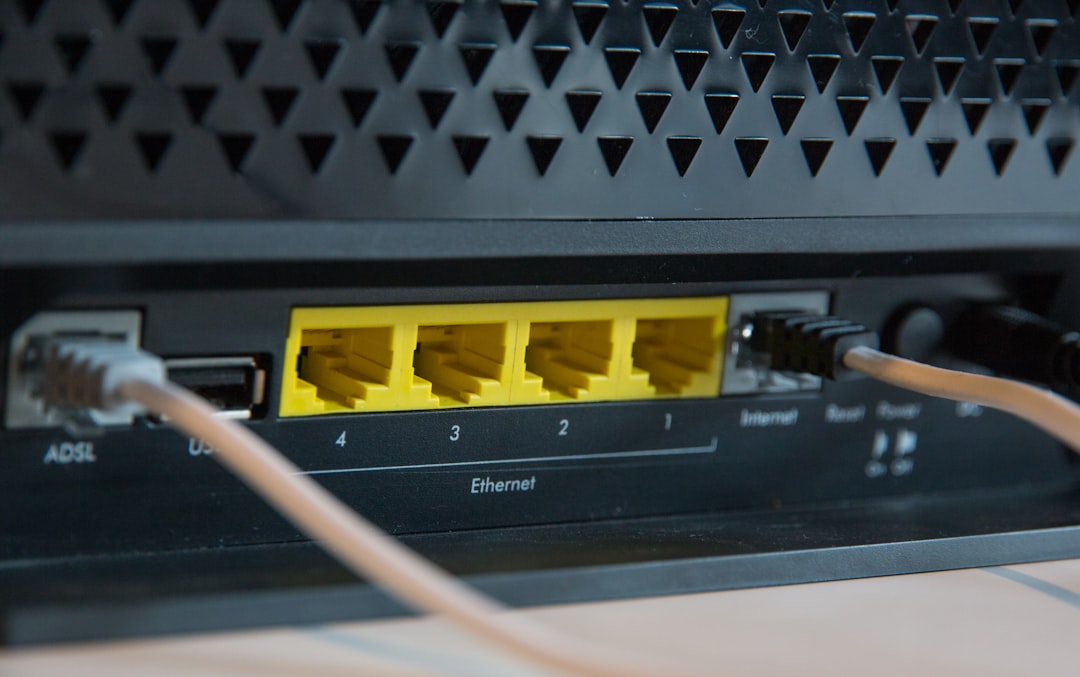Fortnite is one of the most popular online multiplayer games in the world, attracting millions of players from all corners of the globe. However, nothing is more frustrating than being all set to dive in and suddenly being greeted with a “Server Not Responding” error. Whether you’re a casual gamer or a competitive player, issues like this can disrupt your experience and leave you searching for answers. Fortunately, there are several proven steps you can take to resolve this problem and get back into the action.
TL;DR (Too Long; Didn’t Read)
If you’re encountering the “Server Not Responding” error in Fortnite, it may be caused by server outages, poor internet connectivity, outdated game files, or security settings interfering with the connection. First, check Fortnite’s server status, then examine your internet connection and reset network hardware if necessary. Be sure to update the game, allow Fortnite through your firewall or antivirus, and consider changing your DNS settings. If all else fails, contact Epic Games support.
1. Check Fortnite’s Server Status
The first and most important step is to confirm whether the problem is on your end or Epic Games’. Fortnite occasionally undergoes maintenance, server updates, or unexpected downtimes which could result in you being unable to connect.
- Visit the official Epic Games Status Page to see if Fortnite servers are currently offline.
- Check Epic’s official Fortnite Twitter account for real-time updates regarding outages or planned maintenance.
If the servers are indeed down, there’s unfortunately nothing you can do but wait. However, if everything is operational, then the issue resides on your side.
2. Test and Reset Your Internet Connection
Internet connectivity is a major factor in online gaming. A weak or unstable internet connection is a common reason for Fortnite being unable to respond to server requests.
Begin by performing a speed test using a trusted platform such as Speedtest.net. Ideally, your ping should be below 50ms and your download/upload speeds should be stable.
If you’re experiencing issues, try these steps:
- Reboot your router or modem. This refreshes your connection and can solve intermittent issues.
- Switch from Wi-Fi to a wired Ethernet connection. Wired connections are more stable and less prone to packet loss or interference.
- Move closer to your router if you must use Wi-Fi.

3. Restart Fortnite and Your Device
It may sound simple, but restarting your game and device can often fix minor glitches related to memory or temporary cache. Exit Fortnite completely and shut down your system completely. Restart your PC or console, then try launching Fortnite again.
4. Update Fortnite and the Epic Games Launcher
Outdated game files or Epic Games Launcher versions can prevent communication with Fortnite’s servers. Make sure you’re running the latest version of both the game and its launcher.
- Close the Epic Games Launcher entirely.
- Reopen the launcher and check for any pending updates under the “Library” tab.
- If any updates are available, download and install them immediately.
Similarly, ensure your operating system (Windows, macOS, Xbox, PlayStation, etc.) has all the latest system updates installed, since these sometimes contain important compatibility and security fixes.
5. Check Your Firewall and Antivirus Settings
Firewall or security software settings can mistakenly block Fortnite from accessing its servers, leading to connectivity issues.
Here’s how to address that on Windows:
- Open the Control Panel and go to System and Security > Windows Defender Firewall.
- Choose “Allow an app or feature through Windows Defender Firewall.”
- Ensure both the Epic Games Launcher and Fortnite are listed and checked for both public and private networks.
You should also temporarily disable your antivirus software and see if Fortnite connects. If it does, the software may be blocking communications, and you’ll need to add an exclusion manually.
6. Change Your DNS Settings
If your Internet Service Provider (ISP) is having trouble resolving Fortnite’s servers, changing your Domain Name System (DNS) servers can help.
A popular and trusted choice is Google’s DNS servers:
- Primary DNS: 8.8.8.8
- Secondary DNS: 8.8.4.4
How to change DNS on Windows:
- Open Control Panel > Network and Internet > Network and Sharing Center.
- Click on Change Adapter Settings on the left pane.
- Right-click your active network and choose Properties.
- Select Internet Protocol Version 4 (TCP/IPv4) and click Properties.
- Select “Use the following DNS server addresses” and enter the Google DNS numbers above.
- Click OK and restart your computer.

7. Disable Background Applications
Other programs running in the background—particularly downloads, streaming applications, or VPNs—can interfere with your ability to connect to Fortnite servers.
Steps to resolve this:
- Press Ctrl + Shift + Esc to open Task Manager.
- Under the “Processes” tab, identify programs using high network bandwidth.
- Right-click and choose End Task to stop unnecessary apps.
- If you’re using a VPN, try disabling it and reconnecting to Fortnite.
Be cautious about what you disable, especially if you are unsure what a program does.
8. Flush Your DNS Cache
Over time, your system stores network data that can become outdated or corrupted. Flushing your DNS cache can clean up these entries and potentially resolve communication problems.
On Windows, follow these steps:
- Open Command Prompt as an administrator (search “cmd”, then right-click and select Run as administrator).
- Type the following command and press Enter:
ipconfig /flushdns - You should see a confirmation message: “Successfully flushed the DNS Resolver Cache.”
9. Reinstall Fortnite
If all else fails and the error still persists, a clean reinstall can fix corrupt or missing files causing the issue.
Make sure to back up your settings if necessary, then follow these basic steps:
- Open the Epic Games Launcher.
- Go to Library, find Fortnite, click the three dots, and select Uninstall.
- Restart your computer after uninstalling.
- Open the launcher again and reinstall Fortnite from the Library tab.
This may take some time depending on your internet speed, but it’s often the final fix that works when others don’t.
10. Contact Epic Games Support
If the issue continues even after trying all the above methods, it may be time to involve the experts. Epic Games offers robust support for troubleshooting technical issues.
- Visit the official Epic Games Support Center.
- Submit a detailed support ticket describing all the steps you’ve attempted so far.
- Include screenshots or error codes, if possible, to speed up the diagnostic process.
Epic’s team can help identify account-related problems or region-specific issues that might be affecting your connectivity.
Final Thoughts
Dealing with Fortnite’s “Server Not Responding” error can be frustrating, but it’s usually fixable with a few well-guided steps. From basic connection checks to more involved firewall and DNS adjustments, each action brings you closer to a smooth gaming experience. Staying informed about server statuses and maintaining your system and game updates can go a long way in minimizing future issues.
